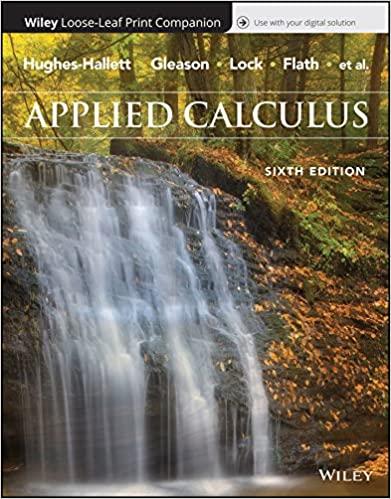Zipfs Law, developed by George Zipf in 1949, states that in a given country, the population of
Question:
Zipf’s Law, developed by George Zipf in 1949, states that in a given country, the population of a city is inversely proportional to the city’s rank by size in the country. Assuming Zipf’s Law:
(a) Write a formula for the population, P, of a city as a function of its rank, R.
(b) If the constant of proportionality k is 300,000, what is the approximate population of the largest city (rank 1)? The second largest city (rank 2)? The third largest city?
(c) Answer the questions of part (b) if k = 6 million.
(d) Interpret the meaning of the constant of proportionality k in this context.
Step by Step Answer:

Applied Calculus
ISBN: 9781119275565
6th Edition
Authors: Deborah Hughes Hallett, Patti Frazer Lock, Andrew M. Gleason, Daniel E. Flath, Sheldon P. Gordon, David O. Lomen, David Lovelock, William G. McCallum, Brad G. Osgood, Andrew Pasquale





